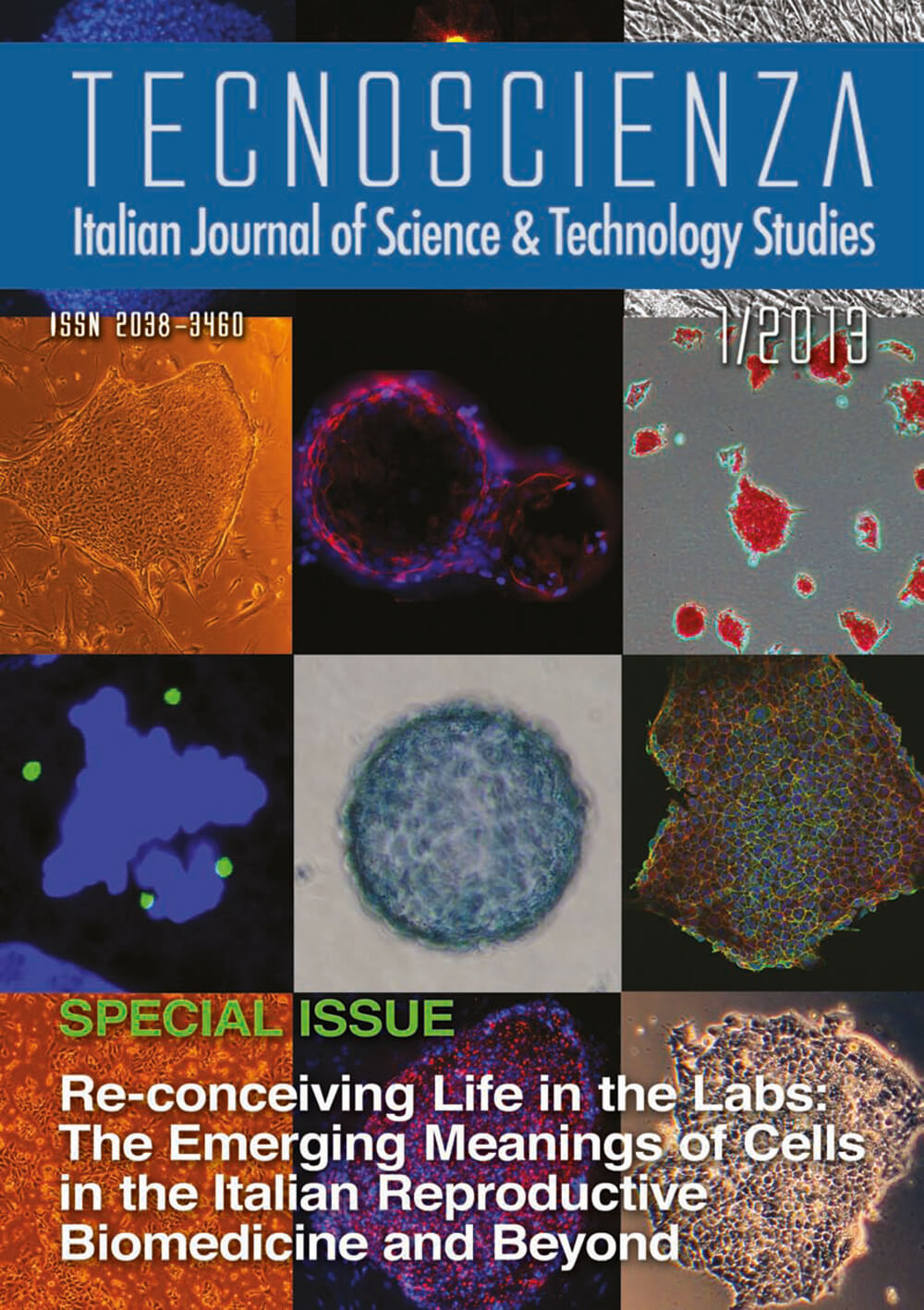Creating Human Life Itself: The Emerging Meanings of Reproductive Cells among Science, State and Religion
DOI:
https://doi.org/10.6092/issn.2038-3460/17083Keywords:
assisted reproductive technologies, embryo, ontological shifting, bio-objectification, human life itselfAbstract
In the past decades, reproductive biomedicine has quickly developed and become widespread, producing a number of new options that have challenged the definition of kinship and parenthood, bodies and gender relations and even of nature and life itself. Reproductive biomedicine is embedded in the ongoing construction of our wider social imagination, producing a re-imagining of the “facts of life”. Here, we can see how biomedical knowledge fosters a reframing of material bodily tissues. The same biological material can assume a different ontological status according to the sociomaterial processes in which it is embedded. Exploring the process of bioobjectification of embryos in an Italian context, this introduction describes how the equation between embryos and human life itself emerges inside and outside of labs and illustrates how the biomedical conceptualization of embryos is strongly dominated by moral and ethical concerns.





